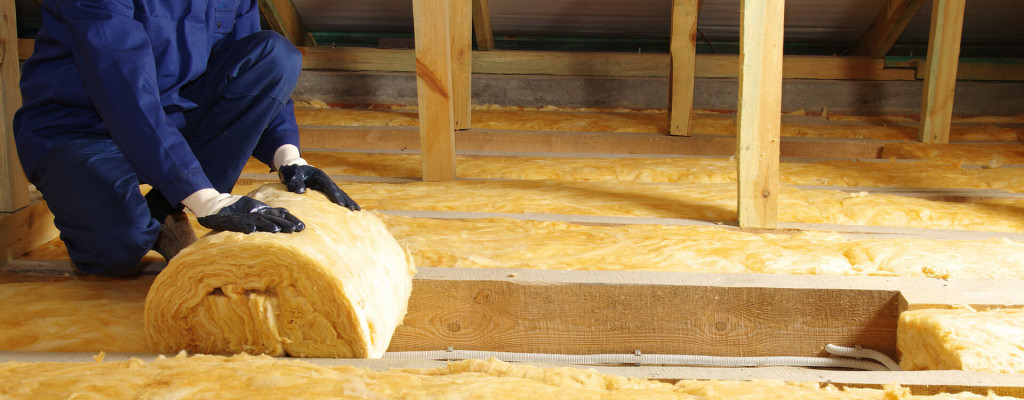While most homes have some insulation, have you ever wondered whether or not your home has enough insulation? It provides an essential layer of protection between you and Northeast Ohio’s unpredictable outdoor conditions. Without plenty of insulation, you may be missing out on a higher level of comfort and increased energy savings! Adding new insulation is an excellent investment, especially when you understand where it will benefit most.
For many homes, that’s the attic. Unfinished attics can be much colder than the rest of your home, even though heat rises. This is because warm air can easily escape outside through small cracks or larger gaps. Adding more attic insulation to your attic helps your home trap more heated and cooled air inside, helping you save more money as a result. But, how much insulation should you have in your attic?
Calculating needed insulation
Head up into your attic to see how much insulation is already there. Evaluating it is easy and can be done with a measuring tape. Simply check the depth of the existing insulation against the nearest ceiling joist. A good guideline is that the insulation should measure several inches above the joists, but you’ll need the actual measurement itself as well.
While a thick insulation layer is ideal, its overall efficiency is also influenced by the materials used. Some materials are more insulating than others, making them more efficient at reducing heat loss. The material’s resistance to heat flow is known as its R-value.
How to know if your insulation has a good R-value?
Even if your insulation stretches past the joists, a low R-value means it isn’t trapping as much heat as you want. Homes in our northerly climate generally require an R-value of 38 or higher, roughly equivalent to 12″ to 14″ of insulation. You may need more or less, depending on the insulating material used.
So, what insulation type is best?
Manufacturers utilize a variety of materials to create home insulation. Each of these materials has a different R-value, and you’ll need to know them before comparing one insulator to another. Our experts review the four most common types and their R-value ranges.
Fiberglass insulation can be found in both loose fibers as well as standard-sized batts. These two types of fiberglass insulation have an R-value of 2.2 to 3.8 per inch.
Cellulose typically consists of shredded denim or paper fibers from old newspapers. It’s one of the oldest types of insulation and offers an R-value between 3.1 to 3.8 per inch.
Mineral wool is an intriguing material; even rocks and minerals can be ground into soft insulation for your home. Also called stone wool, it’s typically made from minerals like basalt. However, it can also be made from glass or even industrial slag. Mineral wool insulation offers an R-value range from 2.2 to 4.2 per inch.
Instead of batts or rolls, spray foam insulation is applied directly onto the surface to be insulated. This foam is made from composite materials and adheres to the surrounding area. As a result, spray foam features some of the highest R-values, averaging 3.5 to 8 per inch.
How much is too much insulation?
While you might assume that more insulation equals higher energy efficiency, you can actually have too much insulation. Excessive insulation can promote mold growth and trap airborne particles between the fibers. Unless you’re experienced with evaluating and installing home insulation, leaving the job to the pros is best.
Professional installation ensures consistent distribution throughout your attic, from the center to the areas closest to the roof. This uniform coverage gives your home maximum protection. If you’re considering installing more attic insulation in your home, invite certified technicians to come and evaluate your existing insulation. Also, don’t be afraid to solicit a second opinion. The more information you gather, the wiser the choice you’ll make on your home insulation upgrade – and the more money you’ll save for many years to come!


Comments are closed